
Hazard Communication Standards comment period is extended to May 19, 2021.
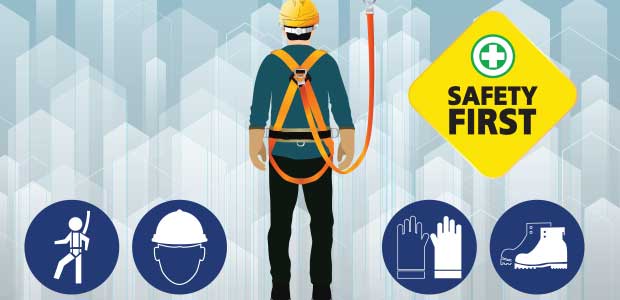
Oregon OSHA fines a roofing and painting company for $104,000.

A Strategic Partnership Program is created to ensure workers’ safety throughout the construction process.

A Boston company owner faces high charges for not allowing employees or customers to wear masks or social distance.

An architect guides you on how to stay safe in the work environment.
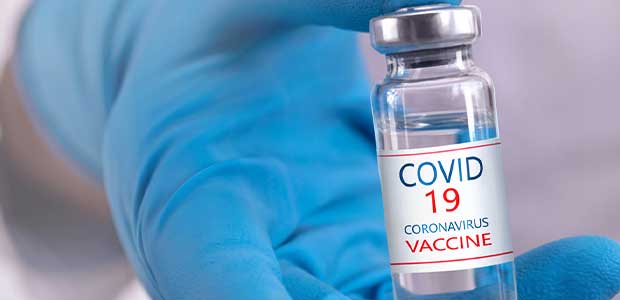
A significant amount of employees don't feel safe going back to the workplace until vaccines are distributed to all of their co-workers.
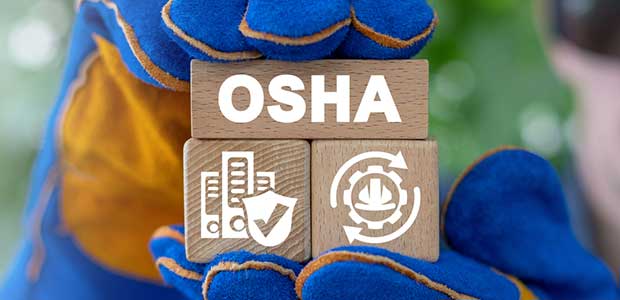
California workplace safety chief, Doug Parker, is taking the reigns to lead OSHA to success regarding a COVID-19 workplace safety standard.
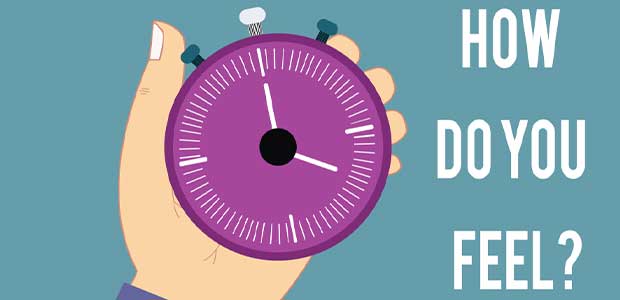
Employers and health professionals are encouraged to distribute the survey.

The Biden administration released its first set of drug policy priorities.
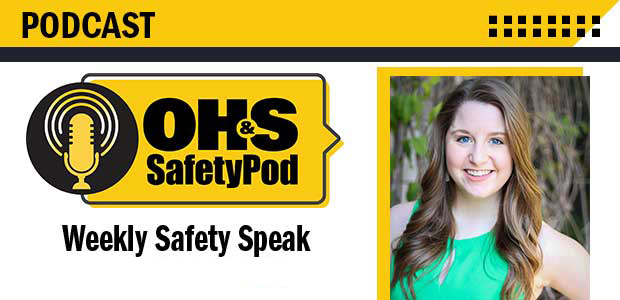
Episode 65
In this episode of the podcast, Editor Sydny Shepard takes a look into the global mental health crisis and discusses Distracted Driving Awareness Month as well as the ins and outs of becoming fully vaccinated against COVID-19.

SPONSORED
Increasingly, more and more organizations are digging into their data to uncover new insights and make better-informed decisions. But building out your EHS reporting process from the ground-up can seem daunting.

The Shyft Group faces fines for not addressing employees' complaints about serious hazards.

Poll finds one in four employees have not had a mental health check-in since the pandemic began.

BIAA says traumatic brain injuries occur almost three million times a year with extensive longterm risks attached.

The STB is issuing new rules on billing and plans affecting a new logistics park.
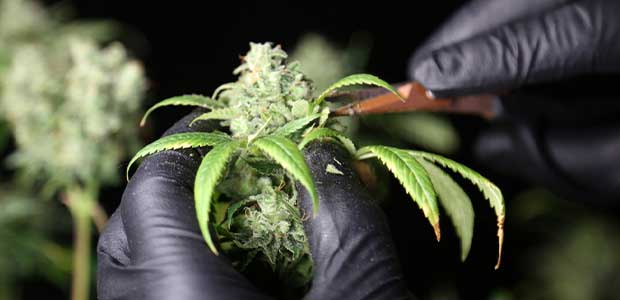
Cannabis companies now have a step-by-step guide to safety.
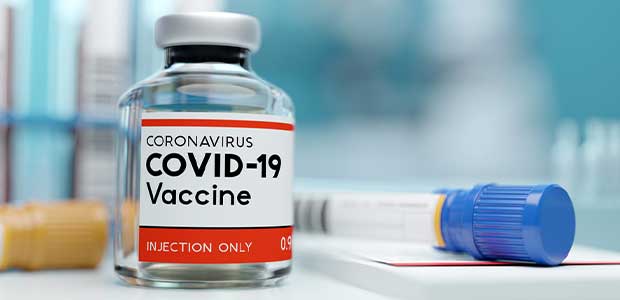
The CDC says some rules and suggestions change; others stay the same as those who are unvaccinated.